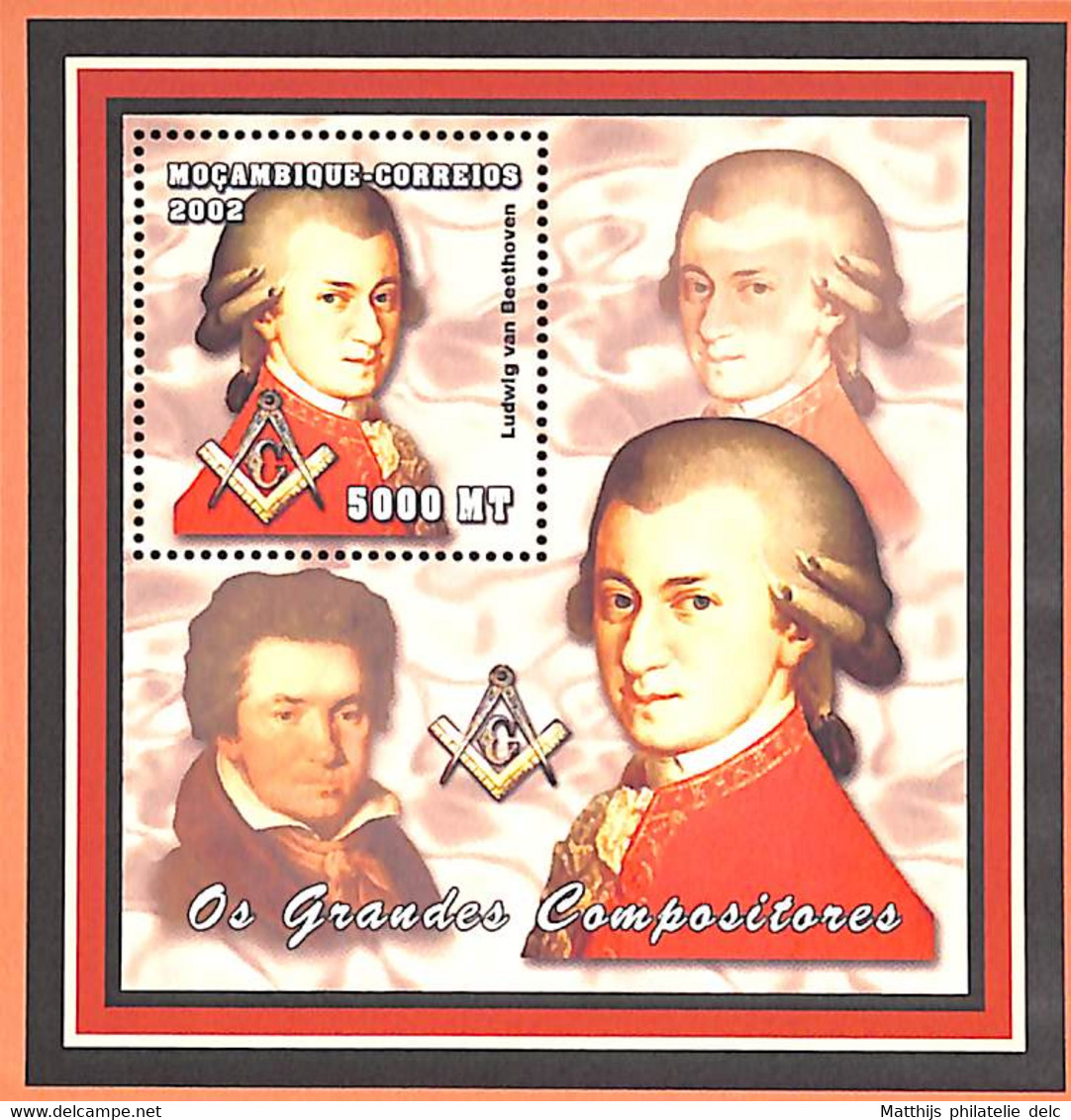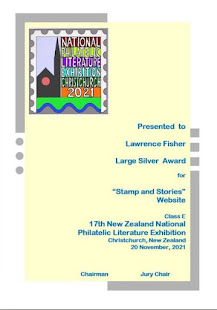Israel always had good relations with Iran during the regime of the Shah. Iran was one of the few Middle Eastern countries that had any relations with Israel. Mail passed freely between the two countries. When the Ayatollah Khomeini took power in 1979, mail from and to Israel was no longer handled. Mail to Iran was stopped in 1983. Mail from Iran addressed to Israel was returned to sender and received an instructional marking of "There is no postal relations between Iran and Israel". Israel was suddenly cut off from Iran. Note: The actual message was: "Thereis no postal relations between Iranand Israel".
 |
| Postcard sent from USA to Israel that was routed in error to Iran. |
In the 1980s, I had a huge interest in mail from Arab countries with no relations with Israel. Items such as the one above were the most difficult to find seeing as how these were pre-Internet days. However I saw an auction lot showing letters from Iran, addressed to Geneva, and it had Hebrew writing on it. This really piqued my interest and I purchased the lot. In those days I worked in a company where there was an Iranian ex-pat and I showed her the lot. She looked at it and said the postbox number looked familiar, so I decided to do some digging.
As I said, there were no postal relations between Iran and Israel, meaning that Jews in Iran couldn't send letters to relatives in Israel. The Israel Broadcasting Authority attempted to fill this void. The I.B.A. set up a post office box in Switzerland (P.O. Box 152, Geneva) which was meant to receive mail sent from Iran. Every day, the I.B.A. broadcast the news in Farsi to listeners in Israel and out of Israel. This transmission was broadcast as far away as Iran. The gist of the broadcast was that listeners could write to "Radio Israel in Farsi" at the given address.
Mail leaving Iran, generally to non-Moslem countries, was often censored by the Iranian authorities and as a result people sending to this drop box did not put a return address on the envelope. Very often people did not even put stamps on the envelope so that they would risk entering a post office. This mail was then taxed by the Swiss Postal Authorities.
Since this service was quite open, there was always the possibility of terrorists using it to send letter bombs. As a result, when suspect mail arrived in Israel's hands, it was screened for letter bombs and "Checked" hand stamps were applied. The security officer who checked the mail signed the hand stamp as proof of its authenticity.
In theory, this could be used by Jews in all countries having no postal relations with Israel, although there were very few as many had been expelled from their host countries.
It is impossible to know how many letters were sent via this method as the Jewish community in Iran is not large and no records are available but it helped Jews in Iran who had no other way of getting word to Israel.


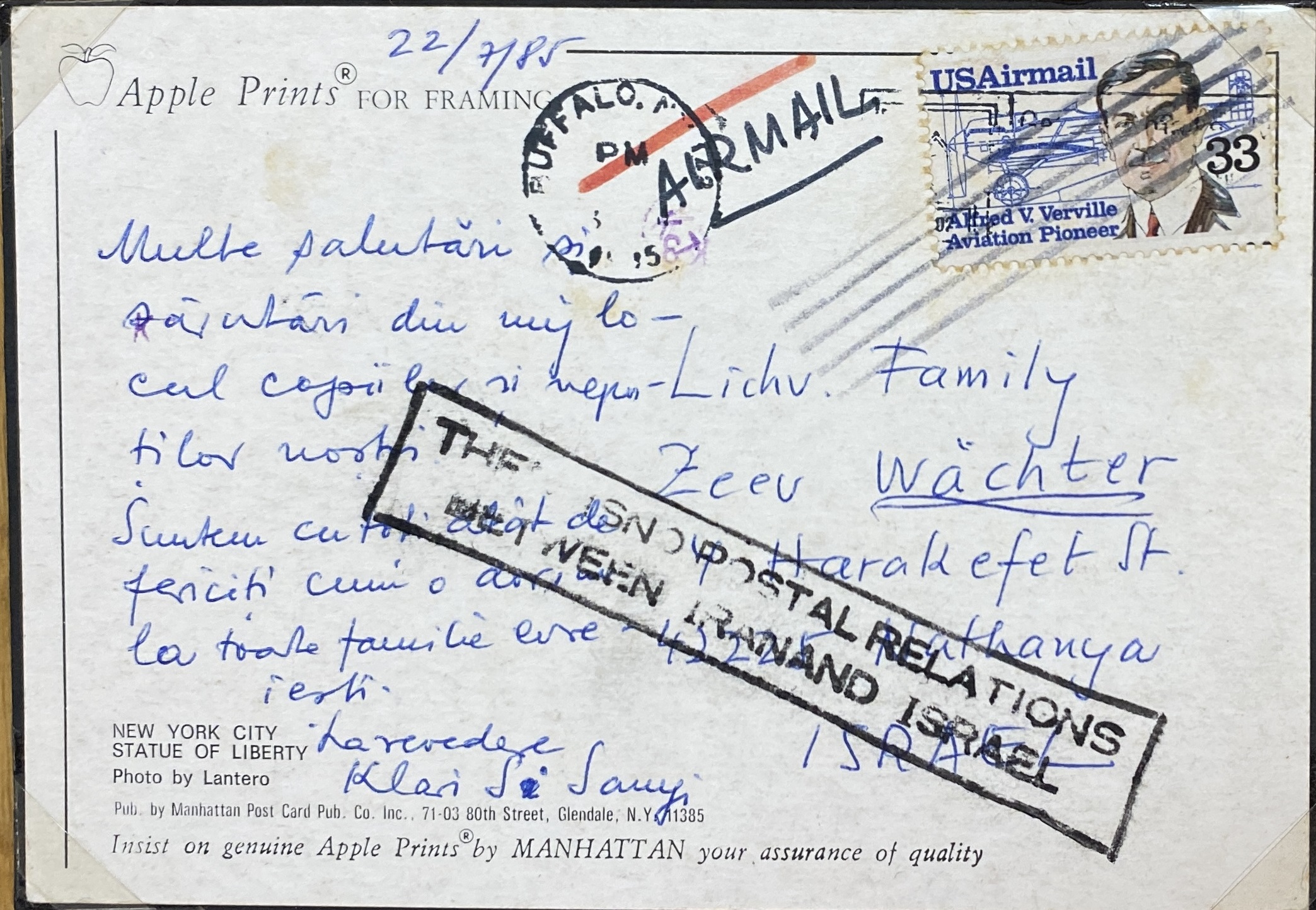



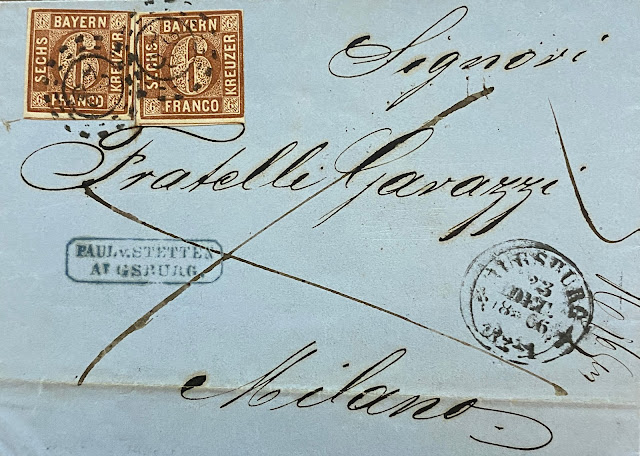

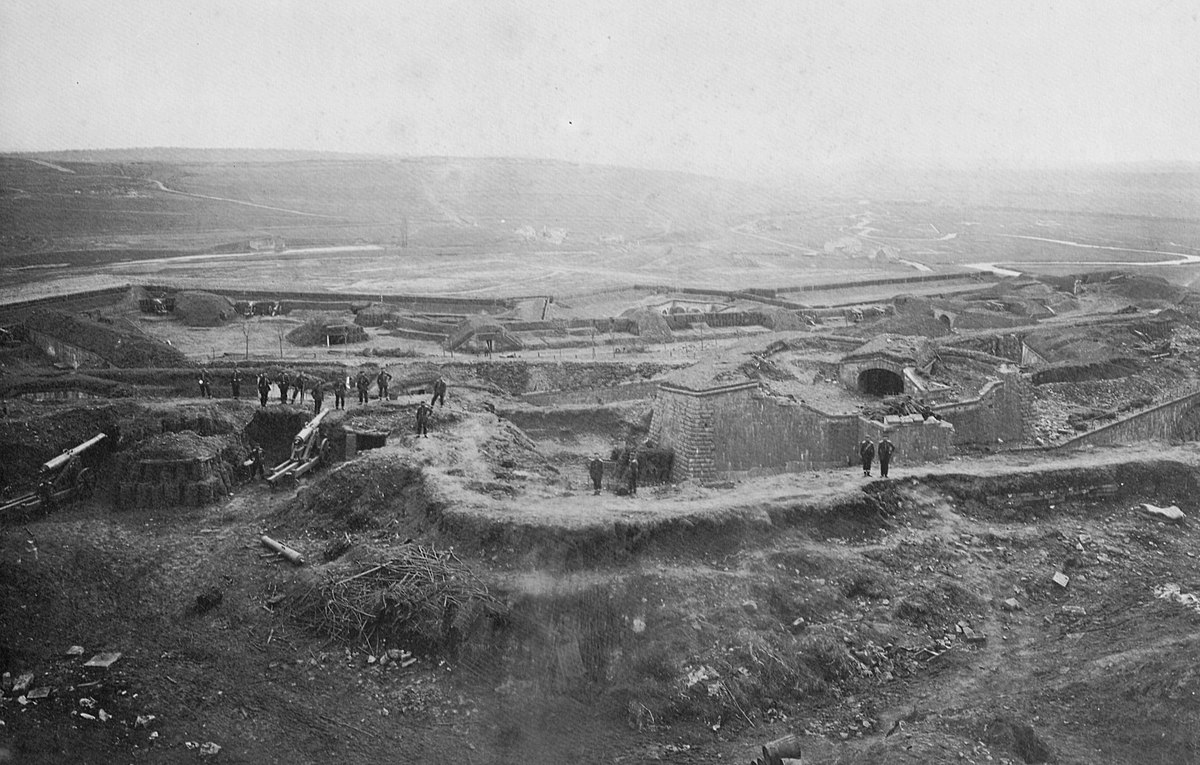


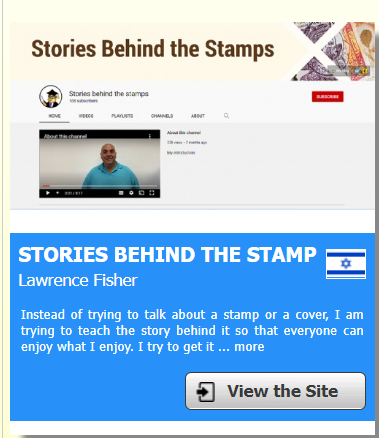




.jpg)













